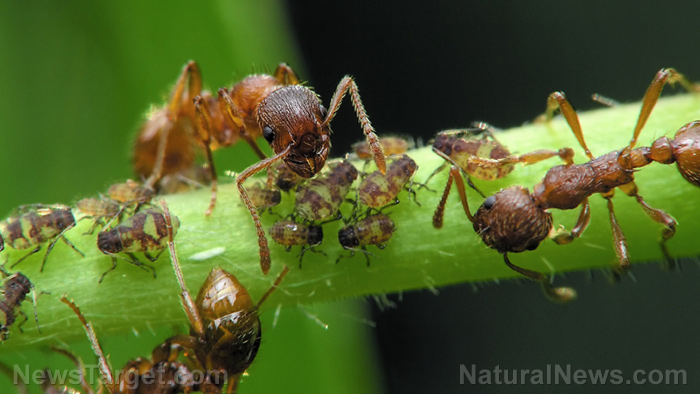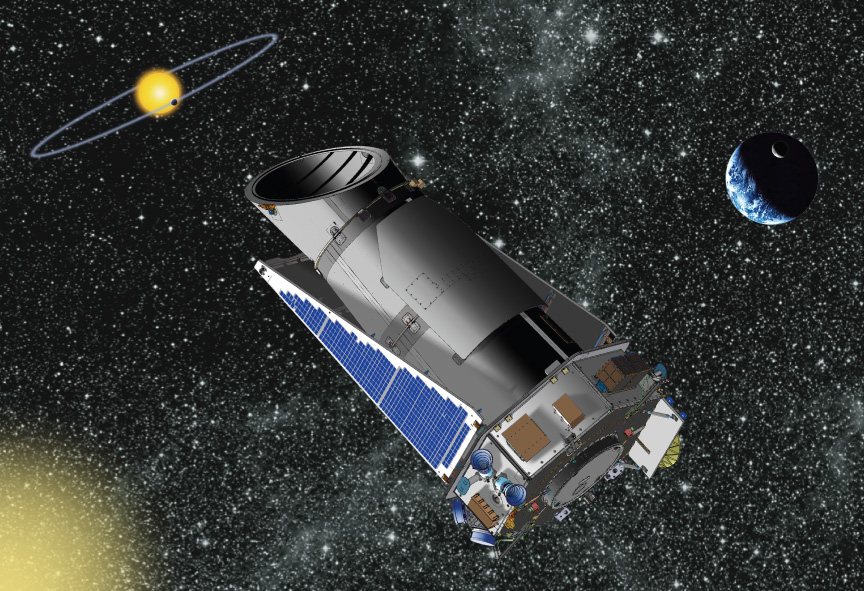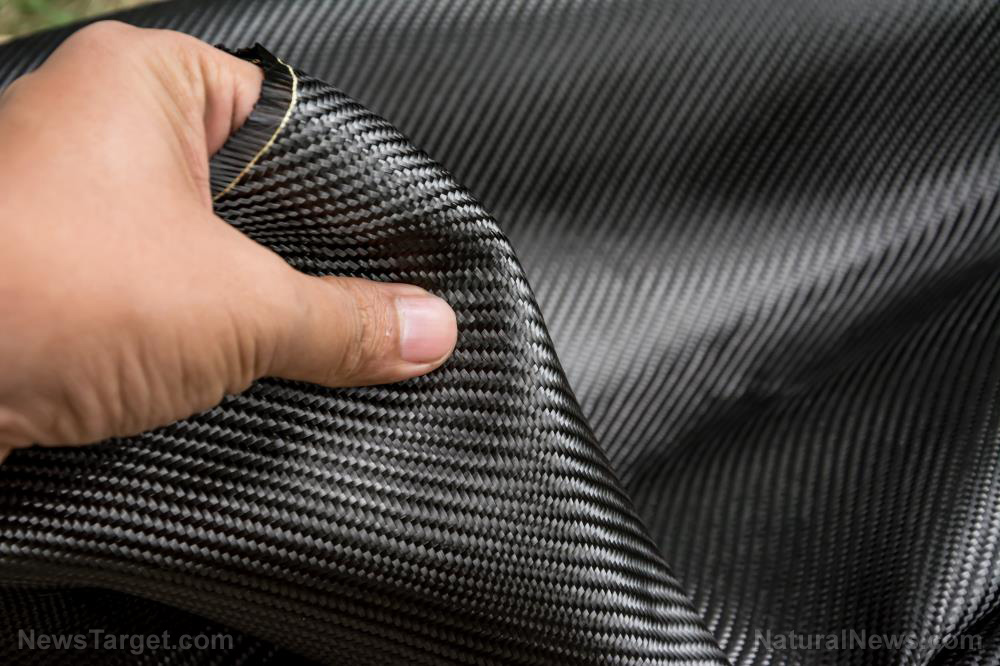A spitting image: Researchers develop tiny robots that can replicate ant colony behavior
05/07/2020 / By Michael Alexander

Ants are well-known for their colonies’ collective strength and intelligence, especially when it comes to tasks such as navigation, foraging and even evading predators. It comes as no surprise that these tiny insects have become the inspiration for several new developments in fields such as mechanics and biotechnology. One recent example is Tribots.
Developed by researchers from Ecole Polytechnique Fédérale de Lausanne in Switzerland in partnership with Osaka University, Tribots are tiny machines that work, not as individuals, but as a solid and cohesive unit.
Much like the tiny ants they are patterned after, Tribots can be seen communicating with each other, and have even been observed as capable of assigning roles among themselves to complete complex tasks such as moving objects much larger and heavier than themselves.
As described in the academic journal Nature, the completely autonomous and untethered Tribots are equipped with infrared and proximity sensors, which they use for detection and communication purposes. According to the researchers, the tiny robots can accommodate even more sensors, depending on the application.
“Their movements are modeled on those of Odontomachus ants. These insects normally crawl, but to escape a predator, they snap their powerful jaws together to jump from leaf to leaf,” said Zhenishbek Zhakypov, the study’s first author.
According to Zhakypov, Tribots can replicate this catapult mechanism by using an elegant origami design that combines multiple shape-memory alloy actuators. As a result, a single Tribot can produce five distinct locomotion gaits such as vertical jumping, horizontal jumping, somersaulting to clear obstacles, as well as walking and crawling on both textured and flat surfaces. (Related: First wireless insect-size robot takes flight.)
Aside from the Tribots’ impressive range of movements, the researchers were particularly impressed by the machines’ ability to communicate and even designate roles for individual units within their ranks.
According to the researchers, Tribots have three basic classes or roles within their unit, depending on the situation: Explorers, Leaders and Workers.
Explorers detect the presence of physical obstacles and structures such as inanimate objects, hills and valleys. If an Explorer encounters any of these, it automatically informs the rest of the group. The Leader, after processing this information, gives instructions to the rest of the team. Lastly, the Workers pool their strength to move objects.
“Each Tribot, just like Odontomachus ants, can have different roles. However, they can also take on new roles instantaneously when faced with a new mission or an unknown environment, or even when other members get lost. This goes beyond what the real ants can do,” said Jamie Paik, the head of EPFL’s Reconfigurable Robotics Lab, and co-designer of the Tribots.
As noted by the researchers in their study, the Tribots could be tapped to perform different practical functions in the future, such as emergency search missions, in which Tribots would get deployed en masse.
The tiny robots, which possess multi-locomotive and multi-agent communication capabilities, may be perfect for such tasks since they can locate a target quickly over a large surface without relying on GPS or visual feedback.
According to Paik, because of the ease with which the robots can be manufactured and deployed in large numbers, having some “casualties” may not affect the success of the mission.
“With their unique collective intelligence, our tiny robots can demonstrate better adaptability to unknown environments; therefore, for certain missions, they would outperform larger, more powerful robots,” Paik explained.
In addition to the Tribots, the researchers at Paik’s laboratories at EPFL are also designing and developing “rubber” robots that move using pneumatic actuators, as well as robogamis, or folding robots inspired by origami. Equipped with several joints and actuators, these robogamis are initially flat, like a credit card, but can be folded into a variety of 3D shapes.
“These robots have so many joints that even though their individual components may be rigid, they can bend in myriad ways and are completely flexible, like a mesh of yarn,” Paik explained.
For more stories on the advancements of biotechnology and mechanics, visit Robotics.news.
Sources include:
Tagged Under: ant colony, ants, breakthrough, discoveries, goodtech, innovation, Insectoid Robots, insects, inventions, microbots, microrobotics, research, robotics, robots, switzerland, tribot, tribots, wireless
RECENT NEWS & ARTICLES
COPYRIGHT © 2017 DISCOVERIES NEWS



















